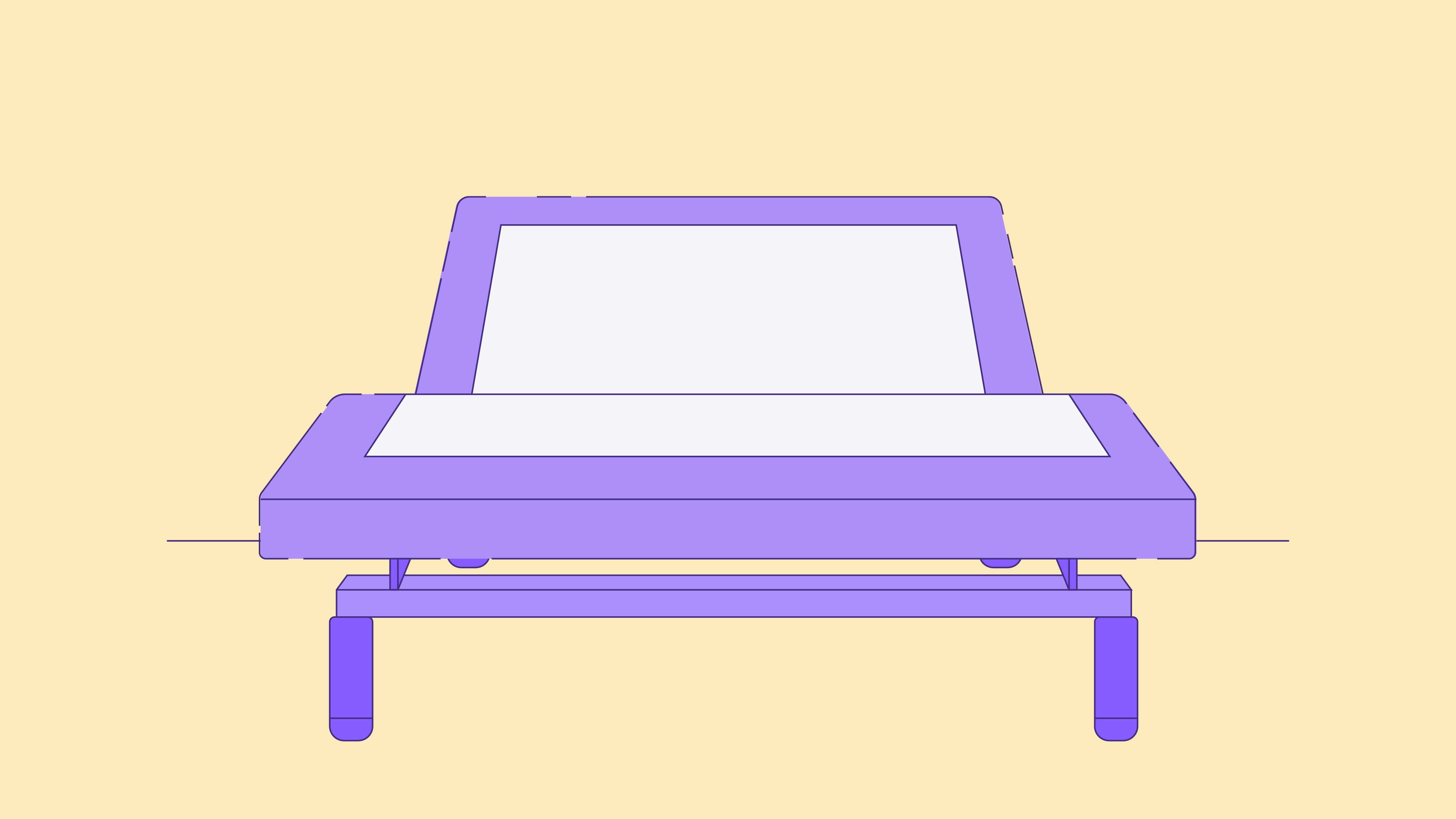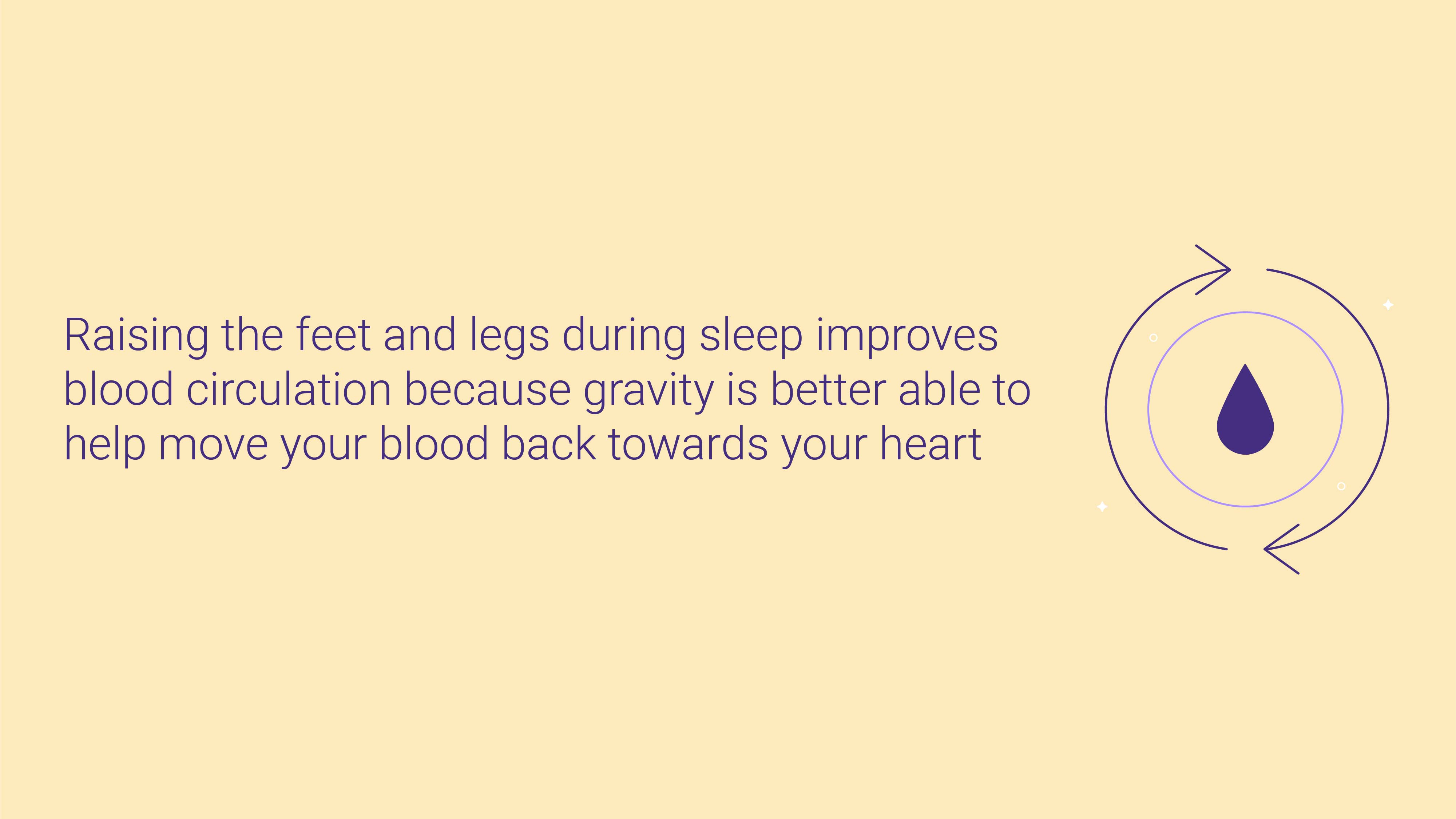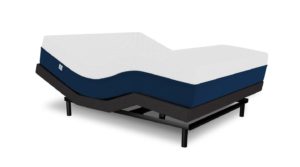
How to Find the Best Sleeping Position on an Adjustable Bed
- Adjustable beds offer the flexibility to elevate the head and foot of your bed, allowing for customized sleep positions. Different sleep styles (side, back, stomach, and combination) benefit from adjustable beds in unique ways.
- Adjustable beds can address specific health issues, including relieving lower back and sciatica pain, decreasing acid reflux by sleeping at an incline, and alleviating symptoms of sleep apnea and snoring by elevating the head.
- Adjustable frames are particularly beneficial for maintaining a neutral body position, keeping the airways clear, and alleviating pressure on various body parts. The zero-gravity position, in particular, distributes weight evenly.
Adjustable beds give you the ability to elevate the head and foot of your bed to a customized angle. Slightly elevating the head and foot of your mattress puts your body in a neutral position and helps keep your airways clear. Let’s take a closer look at the four common sleep styles and how they can profit from different adjustable bed positions.
Four Common Sleeping Styles
There is no “right” way to sleep on an adjustable bed—as long as you are in a position that keeps your spine straight and distributes your weight evenly, you’re set. Most sleepers fall into one of four categories: side, back, stomach, or combination sleepers. Here are more details about these sleep styles and how an adjustable bed can help anyone get their best sleep.
Side Sleepers
Side sleeping is one of the most common ways to sleep and this position helps keep your airways clear and your spine straight. However, sleeping on your side on a completely flat surface can put a strain on your hips and neck, but side sleeping on an adjustable bed can lessen this pressure. Elevating your head and legs a bit evenly distributes your body weight. Adjustable beds make it easy to elevate the head and foot of your bed and find a neutral sleeping position.
Back Sleepers
Sleeping on your back is the second most common sleep style. This position relieves back pain because it keeps your spine straight; however, sleeping flat on your back puts a lot of pressure on your lower back and neck. An adjustable bed makes it easy for you to sleep at an incline, which relieves the pressure on your spine and keeps your airways open.
Stomach Sleepers
Stomach sleeping is the least common of the sleep styles and it is very difficult to keep your neck, spine, and hips aligned in this position. In addition, stomach acid can disrupt sleep giving you acid reflux. If you sleep on your stomach, we don’t recommend buying an adjustable bed because elevating your head and feet while in this position puts strain on your spine.
Combination Sleepers
Combination sleepers change their positions throughout the night. No matter which positions you sleep in, you need a bed with good support to keep your spine straight and your weight evenly distributed. Adjustable bases give you the freedom to customize your bed to your unique sleep needs.
Adjustable Bed Sleep Positions
An adjustable bed frame comes with many benefits and makes it easier to find a healthy position and deeper, more restful sleep. Each adjustable bed position can be useful for different sleep styles by aligning the spine with the hips and neck and clearing the airways which is especially beneficial for people with sleep apnea. Let’s take a closer look at the four main adjustable bed positions.

Head Raised Position
Sleeping with your head raised is beneficial because the inclined position keeps your airways open and your spine straight. An adjustable bed makes it easy to elevate the head of your bed; just press a button on the remote control of most adjustable beds. An elevated head benefits people with sleep apnea as well.
Feet Raised Position
Raising the feet and legs during sleep improves blood circulation because gravity is better able to help move your blood flow back toward your heart. A feet-raised and head-elevated position also lessens swelling in your legs, which is the result of fluid pooling in your limbs. Swelling is especially common with pregnant women because your body carries more fluid during pregnancy.
Head and Feet Raised Position
Keeping both your feet and head elevated is a great way to sleep, especially if you are a side or back sleeper. Sleeping on a completely flat mattress in either of these positions can put a strain on your neck, hips, and lower back and alter blood flow.
Lifting the head and foot of your bed relieves these points of pressure by distributing your weight evenly and easing strain for people with sleep apnea.
Zero-Gravity Position
The zero-gravity position got its name from the weightless feeling you experience in this position. This is a very healthy way to sleep because it evenly distributes your weight, relieves your pressure points, and keeps your spine straight. Many adjustable beds have a zero-gravity preset, which means you just need to push a button and the bed automatically moves you into this position.
Why Choose an Adjustable Bed?
Adjustable beds work by giving you the ability to easily find a comfortable way to sleep that keeps your spine straight and your joints free of pressure. This bed frame also makes it much easier for older and injured sleepers to get in and out of bed. Here are three specific health issues adjustable beds can help with.
Relieves Lower Back and Sciatica Pain
Lower back pain is often the result of having poor posture, both during the day and while you sleep. Sciatica pain starts in your lower back and shoots down your legs. This pain happens when the sciatic nerve gets pinched, usually by a herniated disc in your spine or bone growth.
An adjustable bed, especially in the zero-gravity position, can relieve lower back pain and sciatica pain. The zero-gravity position takes the pressure off your lower back and often relieves your sciatica nerve.
Decreases Acid Reflux
Acid reflux happens when some of your stomach acids enters your esophagus. One way to reduce acid reflux at night is sleeping on an incline. This position lifts your head above your stomach, encouraging the acid to stay down, reducing acid reflux.
Alleviates Sleep Apnea and Snoring
Sleep apnea is a condition where your breathing stops and restarts constantly throughout the night. Snoring happens when the back of your tongue or the loose tissues around your throat partially covers your windpipe, creating the snoring sound whenever you breathe. While an adjustable bed can’t cure either of these conditions, it can help by elevating your head and clearing your airways.
Amerisleep Adjustable Bed+
The Amerisleep Adjustable Bed+ is a great option to consider while you are shopping for your next bed. The adjustable frame moves smoothly and quietly thanks to its extra quiet motors. This bed also has some convenient features, like massage motors, built-in USB ports, and a backlit wireless remote. The Amerisleep Adjustable Bed+ has a zero-gravity preset, so you can achieve this healthy position effortlessly. Plus, the Wall-Hugger® technology ensures that the bed always remains a safe distance from your nightstand, even when in the raised position.
FAQs
Is it better to sleep flat or inclined?
It’s better to sleep at a slight incline. Laying on a flat surface can place strain on your neck, lower back, and hips. It can also partially obstruct your airways. Sleeping at an incline aligns your neck, spine, and hips, relieving strain. This position also clears your airways by keeping the soft tissues around the back of your throat from partially blocking your windpipe.
How long do adjustable beds last?
How long an adjustable bed lasts depends on the quality of the frame. On average, a mid to high-quality frame lasts 10-15 years, the motorized parts last 5-10 years, and a good mattress lasts 7-10 years. Be sure to read product reviews before buying an adjustable frame to see if other customers had any problems with the bed.
Why is sleeping on your stomach bad?
Sleeping on your stomach is not recommended because it’s very difficult to keep your neck, spine, and hips aligned in this position. The best way to sleep on your stomach is with your arms at your sides, legs straight, and head facing the mattress with a thin pillow under your forehead so you can breathe. This way of sleeping on your stomach keeps your spine straight and relieves your pressure points.
Can I use my headboard and footboard with an adjustable bed?
Many adjustable bed frames are designed so you can attach your existing head and footboard directly to the frame. If the bed is designed with this feature, you’ll see brackets at the head and foot of the frame. You can use these brackets to attach a head or footboard to your adjustable bed frame.
Some adjustable beds fit inside of an existing bed frame. So, as you shop for an adjustable frame, be sure to check the product description and purchase one that fits your needs.
Do adjustable beds ruin mattresses?
As long as you use a mattress compatible with an adjustable bed frame, it will not become ruined. Memory foam beds and latex mattresses are all great options for adjustable frames. The only mattress you shouldn’t use on an adjustable frame is an innerspring mattress. They are too rigid to bend with the frame and their stiff metal coils often break. However, if you prefer the bounce that comes with a coil mattress, hybrid beds are also compatible with adjustable bed frames and feel similar to innerspring beds.
Ready to Experience Better Sleep?
Your sleeping position affects the quality of your sleep every night: a good position helps your body heal and sleep deeply, and a bad position puts strain on your spine and joints. Adjustable beds allow you to customize your position with a press of a button; they also make it much easier for sleepers with mobility issues to get in and out of bed.

